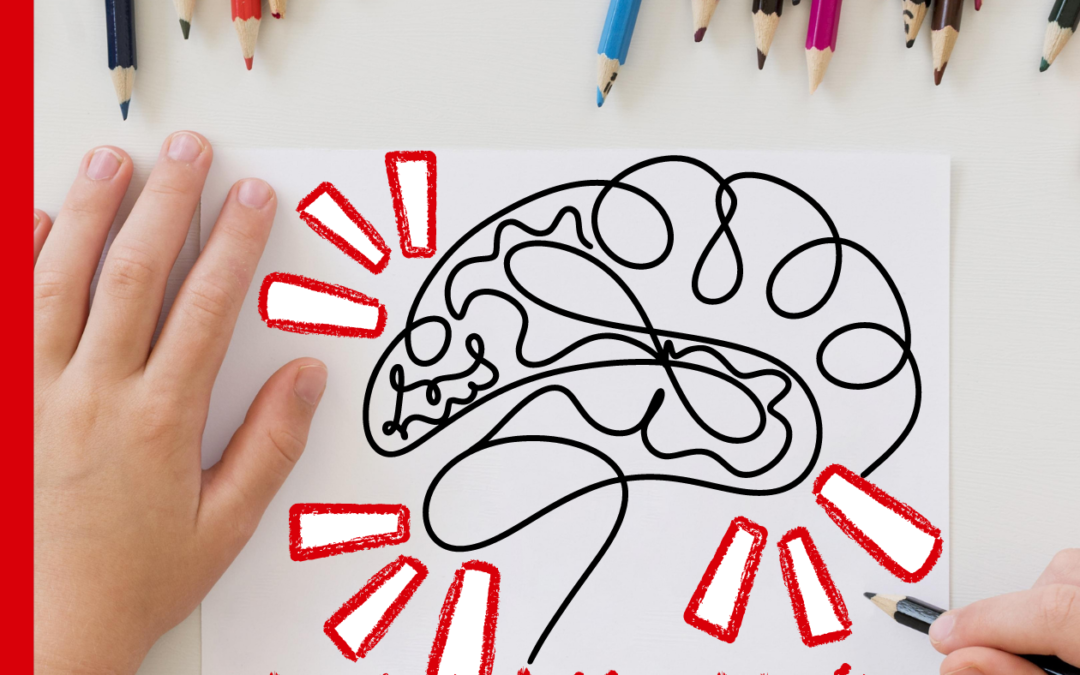Not all scars are visible. Childhood trauma affects the brain, impairing both the brain’s function and structure. While these hurts may seem invisible, they are not. The effects of trauma on the brain are noticeable to those who look for the signs and symptoms in children. Our June blog posts explore how trauma affects the brain and how you can be an attentive adult who sees these ‘invisible’ scars.
Beyond the Brain
Science leaves no doubt that childhood trauma affects the brain. However, the impact of trauma extends beyond the brain to the bodies of children and the adults they become in the future. Parts of the body that change after experiencing trauma include:
- Immune System
According to this article on cnet.com, studies show that increased inflammation in the body often accompanies trauma. There is also evidence that “PTSD is linked to select autoimmune diseases like multiple sclerosis, rheumatoid arthritis and psoriasis.”
- Physical Pain
Muscle aches and chronic pain are commonly reported symptoms of PTSD. This may be related to the way bodies respond to mental and emotional stress which cause people to operate in a tense state.
- Sleep Patterns
Disrupted sleep patterns can be an ongoing issue for children and adults who have experienced trauma. Nightmares are just one cause. The general fear and stress they carry can also disrupt sleep. Unfortunately, poor sleep and fatigue can then worsen other PTSD symptoms.
- Gastrointestinal Issues
The stress and inflammation associated with trauma can also generate gastrointestinal issues like Irritable Bowel Syndrome. As reported by cnet.com, “one study found that people with PTSD were 25% more likely to develop a gastrointestinal disorder.”
- High Blood Pressure
After experiencing trauma, an overactive amygdala in the brain activates the “flight or fight” response too frequently. This leads to changes in breathing and higher blood pressure. When we go into this state too frequently or stay in this heightened state for a prolonged period, blood pressure does not return to normal levels.
A common challenge with all of these symptoms is that they can be difficult to pinpoint or diagnose. This is especially true for children who do not have the ability to connect these physical complaints to their emotional trauma… it’s even more challenging for young children who can’t yet communicate their ailments! Is that an anxious tummy or a virus?!
Be observant regarding your little ones. Track or document their symptoms. Pay attention to patterns and mental or emotional triggers. And then advocate for their needs. Invisible scars can be seen by caring adults and the right professionals.
*****
June is PTSD Awareness Month. If you or a loved one are struggling with PTSD, you can call 988 to be connected with mental health resource








